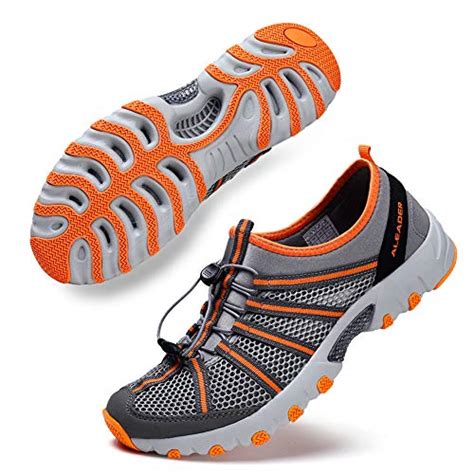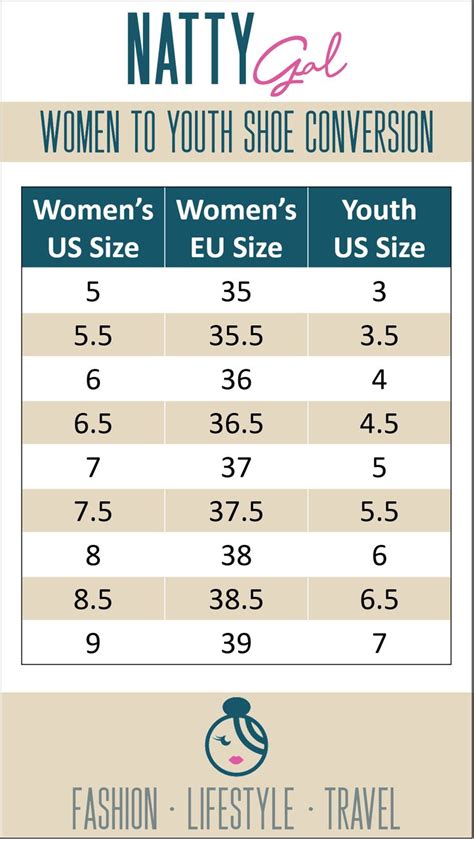5 Waterproof Boots Tips

When it comes to braving the elements, few pieces of footwear are as essential as a good pair of waterproof boots. Whether you’re trekking through soggy forests, trudging through snowy landscapes, or simply navigating rainy city streets, a reliable pair of waterproof boots can be the difference between a comfortable, dry experience and a cold, miserable one. But with so many options on the market, how do you choose the right pair for your needs? And once you’ve got them, how do you keep them performing at their best? Here are five tips to help you get the most out of your waterproof boots.
1. Choose the Right Material
The first step in selecting waterproof boots is understanding the materials they’re made from. Boots can be made from a variety of materials, including leather, synthetic materials, and membranes like Gore-Tex or similar technology. Leather boots, for instance, can be very durable but may require additional waterproofing treatments. Synthetic boots are often lighter and quicker to dry but may not be as durable. Membranes offer excellent waterproofing and breathability, allowing moisture to escape while keeping water out. Consider your needs: if you prioritize durability and a traditional look, leather might be the way to go. For lighter, high-performance trekking, synthetic with a waterproof membrane could be the best choice.
2. Consider the Activity
Not all waterproof boots are created equal, especially when it comes to the activity you’ll be doing most. For example, if you’re planning on hiking or backpacking, you’ll want boots with good ankle support and traction. If you’re working outdoors in wet conditions, boots with a more substantial sole and possibly a steel toe for protection might be necessary. And if you’re just looking for something to get you through the rainy commute, a lighter, more fashionable option might suffice. Understand that the best boot for you will depend heavily on how you plan to use it.
3. Break Them In
New boots, especially those made from stiff leather or synthetic materials, often need to be broken in to ensure a comfortable fit. Start by wearing them around the house for a few hours a day. Gradually increase the wear time and introduce them to short, easy hikes or walks. This process helps mold the boot to your foot, reducing the risk of blisters and discomfort on longer treks. Remember, a good pair of waterproof boots is an investment, and taking the time to break them in properly will pay off in the long run.
4. Maintain Your Boots
To keep your waterproof boots performing well, regular maintenance is crucial. For leather boots, apply a waterproofing treatment periodically, and condition the leather to keep it supple and prevent cracking. For synthetic boots, cleaning with mild soap and water is usually sufficient, but avoid using harsh chemicals or high-pressure washes, as these can damage the materials. Also, make sure to dry your boots properly after use, either by air drying them or using a boot dryer on a low setting. Proper maintenance not only extends the life of your boots but also ensures they remain waterproof and comfortable.
5. Check the Seams and Sole
One of the most critical areas to inspect when selecting waterproof boots is the seams and the sole. The seams are potential weak points where water can enter, so look for boots with sealed seams or those that have been taped for extra waterproofing. The sole should be sturdy, provide good grip, and be appropriate for the terrain you’ll be walking on. A good sole can make the difference between a comfortable walk and a slippery, dangerous one. Furthermore, ensure that the sole is attached securely to the boot’s upper material, as a loose sole can compromise the boot’s waterproof integrity.
Additional Insights: Advanced Materials and Technologies
Beyond the basics, it’s worth exploring some of the advanced materials and technologies that are changing the game for waterproof boots. For instance, some modern boots incorporate advanced insulation materials that not only keep feet dry but also warm in cold conditions. Others may feature innovative lacing systems designed for a more secure fit or incorporate recycled materials in their construction, appealing to the environmentally conscious consumer. Staying informed about these advancements can help you find the perfect pair of boots that meets both your practical needs and your personal values.
FAQ Section
What is the best material for waterproof boots?
+The best material for waterproof boots depends on your specific needs and preferences. Leather offers durability and a classic look but may require additional waterproofing. Synthetic materials are lighter and quicker to dry, while membranes like Gore-Tex provide excellent waterproofing and breathability.
How often should I waterproof my leather boots?
+The frequency of waterproofing your leather boots depends on how often you use them and in what conditions. As a general rule, apply a waterproofing treatment after every significant use in wet conditions or at least every couple of months if used regularly.
Can I use any cleaning product on my synthetic waterproof boots?
+No, it's best to avoid harsh chemicals or detergents when cleaning synthetic waterproof boots. Instead, opt for mild soap and water. Avoid using high-pressure washes, as these can damage the boot's material and compromise its waterproofing.
In conclusion, selecting and caring for waterproof boots is a process that requires some thought and attention to detail. By understanding the materials, considering your activity, breaking in your boots, maintaining them properly, and paying close attention to the seams and sole, you can ensure your boots provide you with years of comfortable, dry service. Whether you’re an outdoor enthusiast or just someone who appreciates the value of a good pair of boots, the right waterproof boots can make all the difference in your adventures, big or small.



